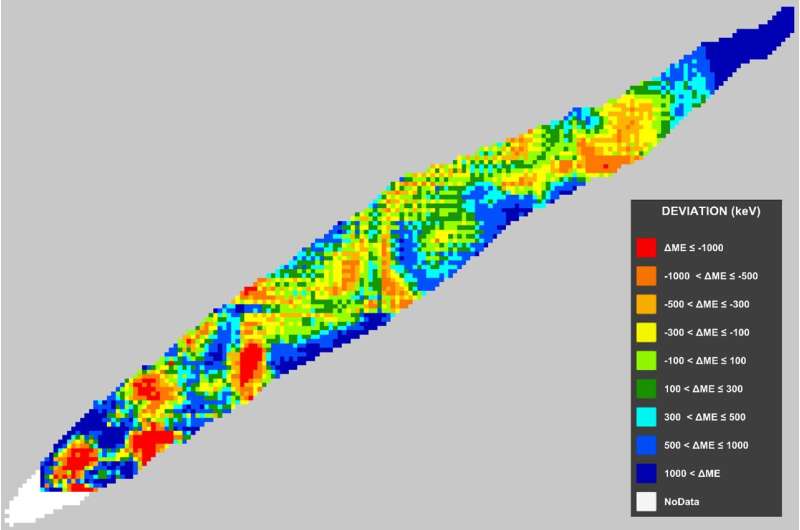
October 3, 2024 by Nuclear Science and Techniques
Collected at: https://phys.org/news/2024-10-tool-faster-depth-analysis-nuclear.html
A significant advancement in nuclear-data analysis has been achieved, which is relevant for several key areas, ranging from particle and nuclear physics to clean energy and health care. Researchers have developed a new tool to process nuclear data in a faster and more transparent way, helping to advance technologies that rely on nuclear science. The study is published in the journal Nuclear Science and Techniques.
Nuclear data is crucial for advancing our understanding of particle and nuclear physics, as it provides essential information on the properties and interactions of various nuclei and particles. Accurate nuclear data allows researchers to validate theoretical models, leading to more precise descriptions and predictions of nuclear phenomena.
By compiling and regularly updating nuclear data, scientists can enhance their ability to decipher fundamental questions about the universe’s building blocks and the forces that govern their behavior, ultimately paving the way for new technological innovations and discoveries.
This development may also contribute to clean energy initiatives, particularly in advancing nuclear fusion research. Innovations in this area could help address energy needs while minimizing impacts on the environment.
In health care, enhanced nuclear data could refine medical imaging and treatment methods such as radiation therapy, offering more effective options for diagnosing and treating complex diseases.

The software, Nucleus++, developed by the Chinese Academy of Sciences and Advanced Energy Science and Technology Guangdong Laboratory, in collaboration with Université Paris-Saclay and Argonne National Laboratory, integrates nuclear mass data from the AME and nuclear physics properties from NUBASE, providing faster and more in-depth analysis for researchers worldwide.
With collaboration among leading international research institutions, this improved approach for nuclear data analysis will help efforts in energy, health care, and space exploration, benefiting people around the world.
More information: Jin-Yang Shi et al, Nucleus++: a new tool bridging Ame and Nubase for advancing nuclear data analysis, Nuclear Science and Techniques (2024). DOI: 10.1007/s41365-024-01563-6

Leave a Reply